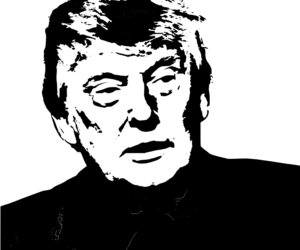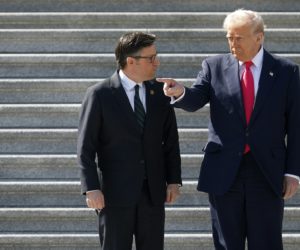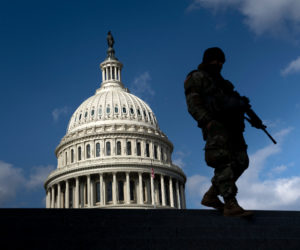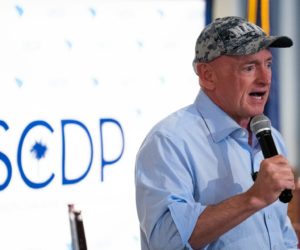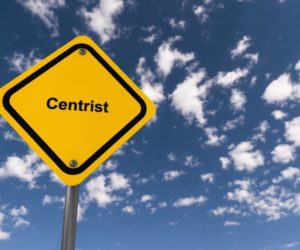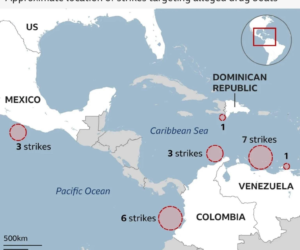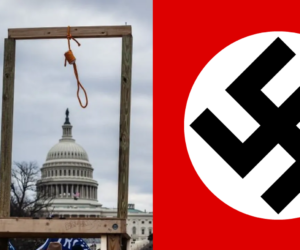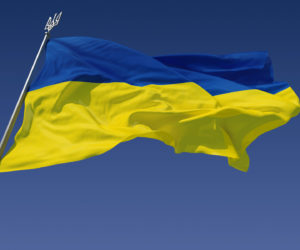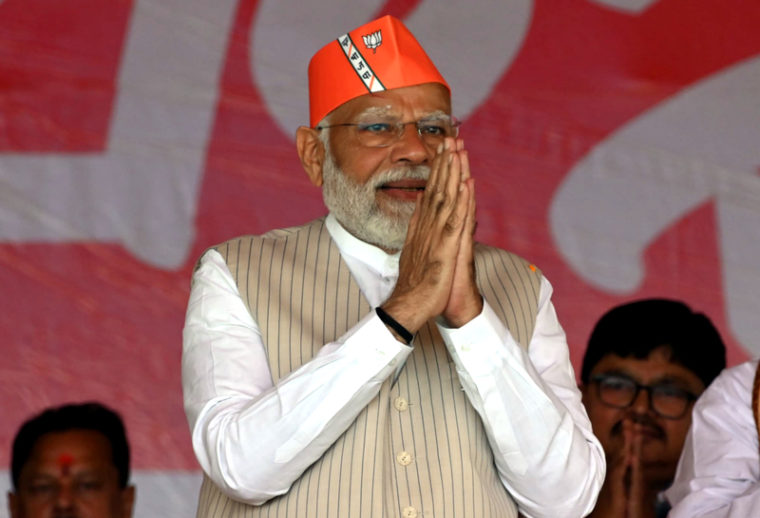
When Indian Prime Minister Narendra Modi meets President Donald Trump at the White House today, he may be the only world leader powerful and politically stable enough in his own country for the American leader to trust.
Critics of both Trump and Modi may not like this because they would prefer to project both men as anti-democrats seeking autocratic rule. Time will tell the truth of these assessments but the democracies that elected them to pinnacles remain standing tall.
Critics’ allegations may lack credibility given the transparent spectacle of India’s very robust democracy that raised Modi to power for the third time. A clearly grueling campaign brought Trump to the Oval Office for a second time, despite the larger dollar war chest of opponents and his multiple felony convictions.
Now, over-confidence on Modi’s part and hubris on Trump’s part could undo a potentially fruitful US-India relationship. Alternatively, both countries could be partners in all the emerging fields of artificial intelligence and space technologies to provide better lives and lasting peace through strength for everyone, built on reinforced deterrence capabilities.
Indian scientist offer notable capabilities in digital guidance systems for long range ballistic missiles, cyber security and cyber warfare, which could be leveraged to build electronic “iron domes” and missile shields operated from both land and outer space.
The missing ingredient is trust over a sustainable longer term rooted in a reformed rules-based world order free of hubris, subterfuge and broken agreements. To a degree, Trump has little choice but to build that trust.
Trump is squeezed between sclerotic European allies and a China determined to be a raging dragon that seriously erodes America’s global power. Modi has no such negative intentions; his nation is not a US rival and India’s raucous democracy and vigilant diasporas will not allow him to do so.
However, the relationship’s potential could collapse if Trump sticks to obsessively placing large tariffs on India’s exports, regardless of the grinding poverty of two-thirds of its population. The continuing poverty of eight hundred million Indians, aggravated by Trump’s policies, could provoke social instability in India, spreading to Asia and beyond.
Worse could happen if he returns planeloads of illegal Indian immigrants with hands and feet shackled like murderers. That sight shown repeatedly on India’s free press and TV could turn ordinary Indians against American hubris and shun Modi as a Trump sycophant.
Both powerful men, proud of their leadership achievements, will have to compromise in some measure. Trump leads the world’s greatest military and richest economy while Modi leads 1.4 billion unimaginably diverse people who are awakening for the first time to claim their civilization’s rightful voice in modern global affairs.
Modi does not come empty handed. It is significant that he is the first major Asian leader to visit Trump’s White House, especially as he brings a politically influential Indian American diaspora along with him — which could be vital for both Republicans and Democrats after Trump.
He is particularly valuable since he leads most of the Global South, which could be helpful if he wins more trust than Beijing’s Xi Jinping.
Modi bears further gifts. Trump’s visitors before Modi – Israel’s Benyamin Netanyahu and Jordan’s King Abdullah II – came with outstretched palms to seek major favors in terms of US taxpayer treasure, weapons and political support to strengthen their personal standing at home.
Modi does not need a handshake with Trump to boost his standing at home. His BJP party’s victory in crucial elections in Delhi last week after 27 years of defeat indicates his rising political capital, after a dip in 2024 when his majority in national parliament was lost. Nor does his country need handouts. More than 90 percent of business and military investments come from Indians.
What Modi needs now are large mutually beneficial American investments to lift yet more of his people out of poverty. And he seeks technological collaboration in manufacturing advanced weapons in India to effectively deter China and its ally Pakistan, both of which are potential enemies of the US.
All three countries are nuclear powers with ballistic missile capabilities but in contrast to China and Pakistan, India is a friendly democracy with reliable checks and balances to prevent any leader from reckless actions.
Delhi’s military capabilities need strengthening while reducing dependence on Russian-made weapons, but it is not seeking an alliance or dependence on the Pentagon. It seeks investment, not protection.
In exchange, Modi brings much more to the table than America’s traditional European allies. Their governments, as in France, Germany, Spain, Poland and Italy, are struggling with sharp right-wing challenges to their holds on power, drowning in debt and inflationary pressures, and crumbling under the financial burdens of their social welfare states.
They are teetering on the edge of despair at building their military strength to face Russia in Ukraine since Trump is determined to close the long-open taps of US financial subsidies and weapons deliveries on credit.
In contrast, Modi brings a technologically sophisticated partner that has landed humankind’s first lunar wanderer on the previously inaccessible south side of the moon, at a cost far less than the US, Europe and even China.
India is transparently sharing all its scientific data about previously unknown dust on that surface, which has already changed the perceptions of US scientists of the solar system’s geology and chemical and mineral potential.
More importantly, he brings a talented and disciplined professional military that is apolitical and dedicated to war fighting rather than ideology promotion, as in China and Russia. Fair long-sighted treatment by Trump and the Pentagon of those soldiers can only benefit America.
They could even lead buffer forces in Ukraine and Gaza if Trump’s peace-making efforts succeed. India-led forces from the global south could number upwards of 100,000 and both Russians and Israelis would hesitate to shoot at them. Deploying American or European soldiers may be less politically feasible.
Still more importantly, Indian scientists already have the skill sets and numbers necessary to become efficient suppliers of components and complete weapons systems to US defense industries.
To open the necessary pathways, Modi has already slashed regulations and bureaucracy to be more welcoming to US investors. And he is preparing to do much more.
ID 328103131 | Modi ©
Saikatpaul | Dreamstime.com

